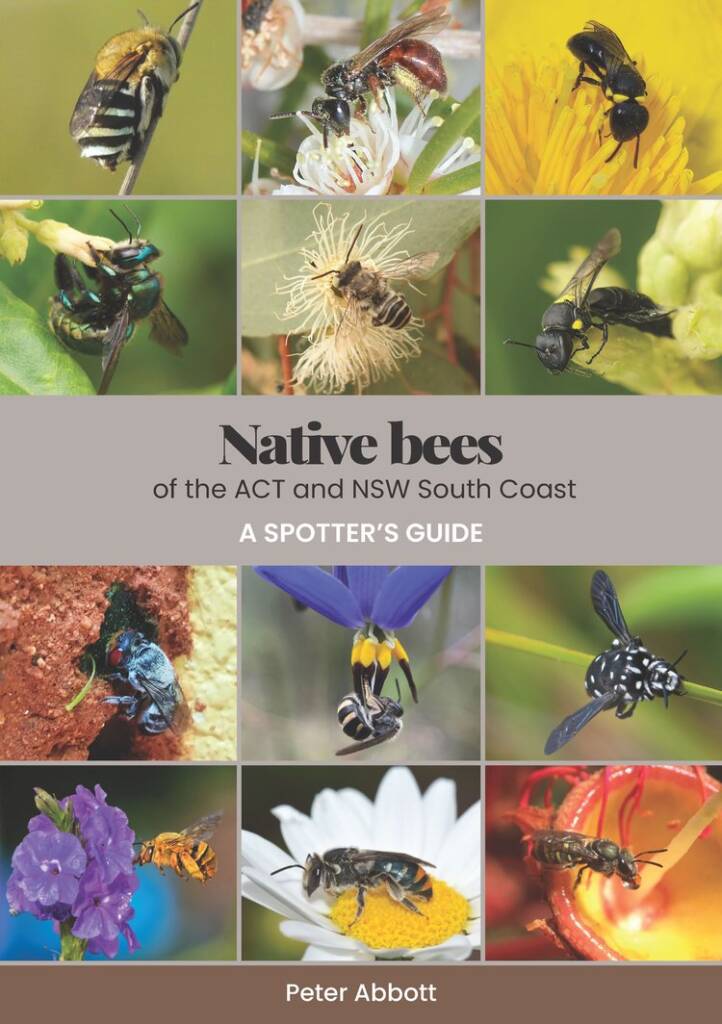Publications & Social MediaFacebook groups
We at Ausemade on occasion have been asked where we get in our information from, especially on specific topics such as flora and fauna.
With the big wide world of the internet, online is often the easiest place to seek information. Of course these days there is some not so accurate online information, so we always try to verify what we read and research. In some instances, information may change over time, as with scientific classification (and the nature of further research). Some of our pages will have a “Footnote & References” at the bottom of the page, with other pages showing “Sources” where we credit where the information comes from. We also have “Guest Authors” and other contributors who write and provide information and photographs (that will show the “©” symbol and the name of the owner of the image, with all other images not showing copyright belonging to Ausemade Pty Ltd).
Of course we are only human and we can make mistakes, so please let us know of any errors in our content.
Here at Ausemade, we do have our favourite books that we often use to look up information and to reference. In addition to these non-fiction books, we also like to read fiction and those books that are a cross between fiction and non-fiction.
Following are books from our library and what we have read, we hope you find our list of interest.
- Wildflowers & Plants of Inland Australia by Anne Urban
- First published in Australia by
Portside Editions Pty Ltd, Melbourne, VIC
Printed in hard back 1990
Reprinted in soft back 1993, 1996
ISBN: 0-646-41688-X - Published in 2001 by
Paul Fitzsimons, Alice Springs, NT
Reprinted 2004
ISBN: 0-646-41688-X
- First published in Australia by
- Bushfires & Bushtucker by Peter Latz
- First published in 1995 by
IAD Press, Alice Springs, NT
Reprinted in 1996, 2004
ISBN: 0-949659-96-7
- First published in 1995 by
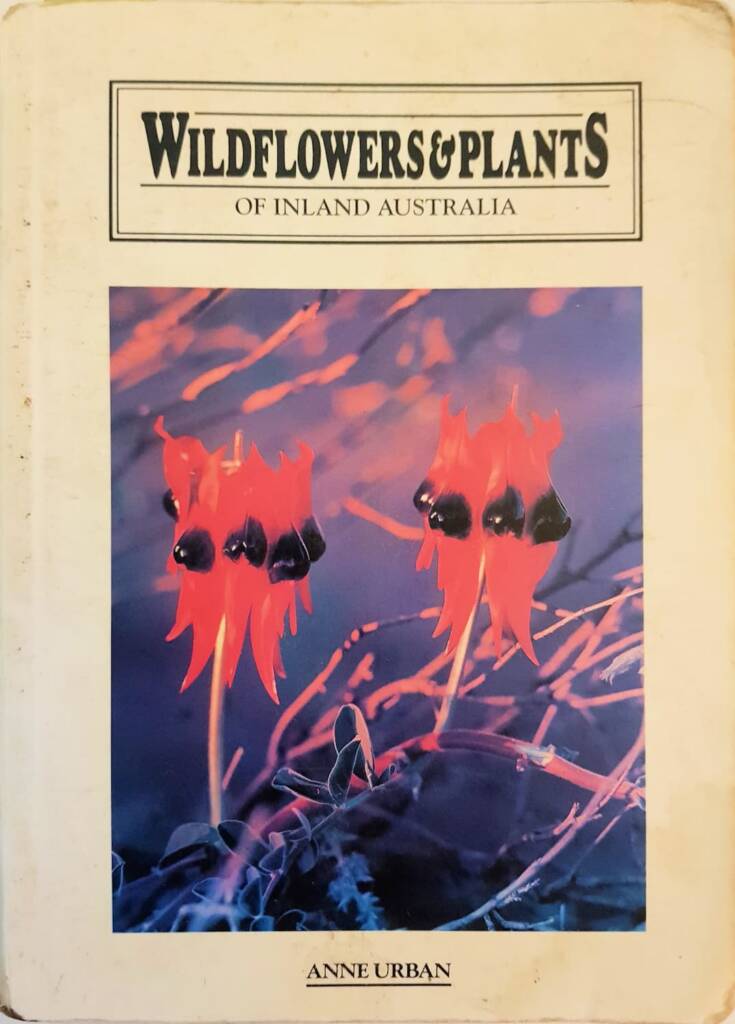

- Dictionary of Botanical Names
— compiled and illustrated by Don Perrin, ISBN 978-0-6483587-1-8
- Native Eucalypts of Victoria and Tasmania
— South-eastern Australia — by Dean Nicolle
dn.com.au/Native_Eucalypts_of_Victoria_and_Tasmania.html
- Weeds of Central Australia, a field guide
— by Sunil Dhanji, Greening Australia, ISBN 978-1-875345-83-0
- A Guide to Native Bees of Australia by Terry Houston
- Published: 1st August 2018
ISBN: 9781486304066
- Published: 1st August 2018
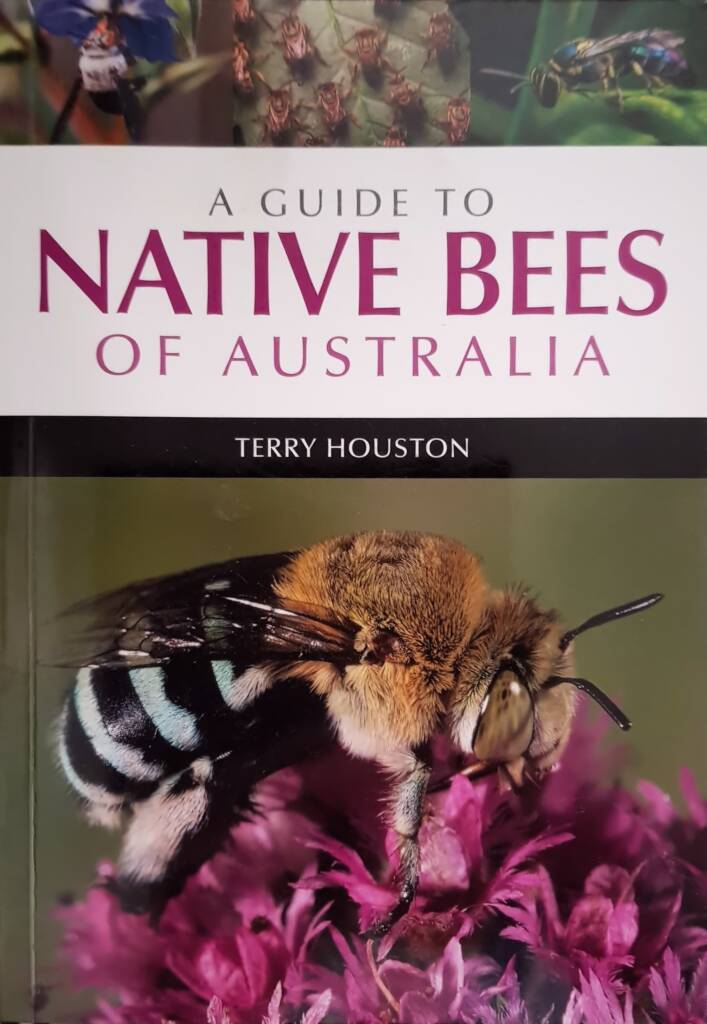
- Bees & other beneficial insects: a pocket-book guide by Megan Halcroft
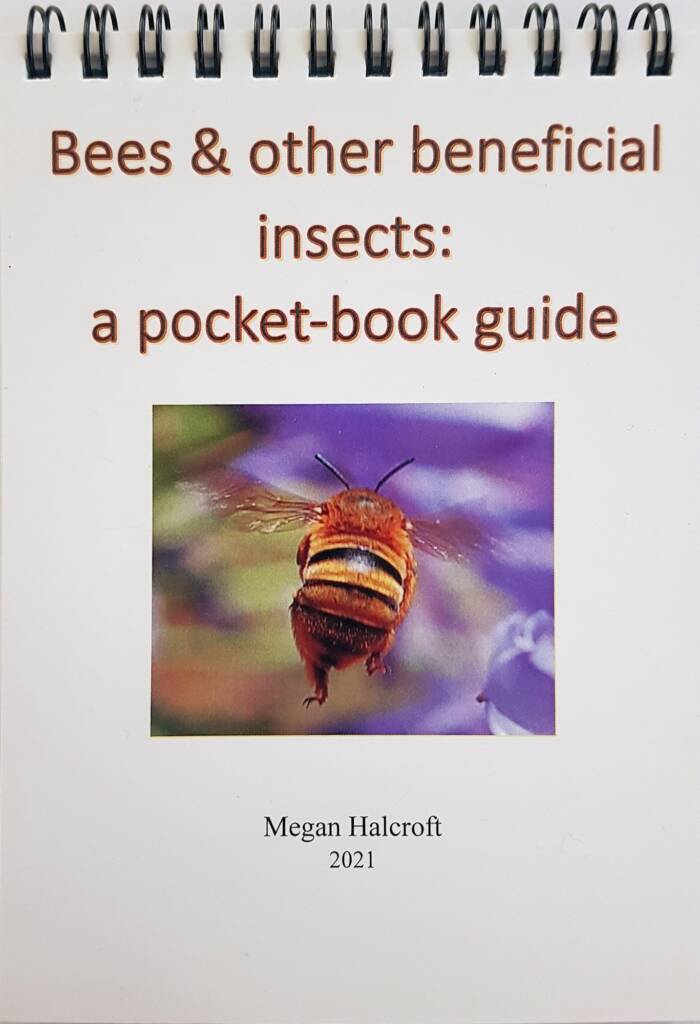
- Creating a Haven for Native Bees by Dr Kit Prendergast, the Bee Babette
- Email: kit.prendergast21@gmail.com
Bees in the burbs (Facebook group)
- Email: kit.prendergast21@gmail.com

- Native Bees ACT, Native bees of the ACT and NSW South Coast,
A spotter’s guide by Peter Abbott, https://nativebeesact.net/
- The Australian bee genera, An annotated, user-friendly key
by Tobias J. Smith, University of New England, https://www.beeawarekids.com.au/the-australian-bee-genera.html
- Dorothy Napangardi: Honouring and Remembering the Art and Life of Dorothy Napangardi 1987-2013
Author: Roslyn Premont
Conceptual development and collation: Roslyn Premont, Colin Leel
Collaborator and Layout: Colin Leel- Edition: 1st edition, 2020
Publisher: Gallery Gondwana, Alice Springs, NT
ISBN: 978-0-6487650-0-4
Available from: Gallery Gondwana
- Edition: 1st edition, 2020

News Media and Other Publications
- The Conversation
We at Ausemade enjoy The Conversation – which is a network of not-for-profit media outlets that publish news stories on the Internet that are written by academics and researchers, under a free Creative Commons licence, allowing reuse but only without modification.
- Crikey
Crikey is an Australian electronic magazine with a website and email newsletter. As well as political issues, it also covers a range of other topics including Culture, The Arts, Food and Travel.
Online Web Resources
- iNaturalistAU
iNaturalist Australia is the product of a membership agreement between the iNaturalist Network and the Atlas of Living Australia and CSIRO.
iNaturalist Australia, the Australian node of iNaturalist, the world’s leading global social biodiversity network. We now encourage you to use iNaturalist Australia to record your individual plant, animal and fungi sightings.
- Atlas of Living Australia
The Atlas of Living Australia (ALA) is a collaborative, digital, open infrastructure that pulls together Australian biodiversity data from multiple sources, making it accessible and reusable.
The ALA is made possible by contributions from its partners, is supported by NCRIS, is hosted by CSIRO, and is the Australian node of GBIF.
- Brisbane Insects and Spiders
– The Expression of our Love of Nature
A popular site with a great depth of information.
- Flora of Australia Help
The Flora of Australia project was initiated in the 1970s to provide a uniform description of the Australian vascular plants, bryophytes and lichens. It began as a planned series of more than 60 volumes, containing treatments to the species level. The Flora was published as a series of printed volumes from 1981 to 2015, and about half of the published data later made available on the internet through the Flora of Australia Online. Following the publication of volume 37 in 2015, the Flora of Australia will no longer be published in print format.
- GBIF — the Global Biodiversity Information Facility
is an international network and data infrastructure funded by the world’s governments and aimed at providing anyone, anywhere, open access to data about all types of life on Earth.
- Facebook Groups
a extensive source of Facebook groups, often operated by enthusiasts, on a huge range of topics and categories. The list here is just the tip of the iceberg for the number of groups that there are out there.
- James Dorey Photography – Sharing the passion for nature
An ecology and evolutionary student of science and lover of discovery, James images the wonderful world of insects, spiders and nature at large to produce unique and unusual images intended to immerse viewers in new experiences and wonders.
Get a print or book, keep up with James on social media or simply browse his galleries and enjoy the unique artworks. Check out his Facebook page.
- Birds in Canberra
Photographing the birds and other wildlife of the bush capital.
- Wikipedia
a multilingual free online encyclopaedia written and maintained by a community of volunteers through open collaboration and a wiki-based editing system. Its editors are known as Wikipedians. Wikipedia is the largest and most-read reference work in history.
As well as donations, you can also support them by purchasing through their Wikipedia Store.
- Australian Government, Department of Climate Change, Energy, the Environment and Water
the site includes portfolio websites on national parks, gardens and related fauna flora information and links.
- Australian Citizen Science Association (ACSA)
Our Vision: A community that supports, develops and informs citizen science.
Our Mission: To advance citizen science through sharing of knowledge, collaboration, capacity building and advocacy for citizen science.
Resources No Longer Available
BowerBird was a socially-networked community website. Created by Dr Ken Walker of Museum Victoria (Project Manager), Frank Radocaj and Hamish Crittenden (Senior Programmers) and Angela White (Website Designer), BowerBird was a significant website and resource…
BowerBird is Australia’s first, home-grown Citizen Science website. What’s the difference between being a Citizen and being a Citizen Scientist? If you upload a picture of a Koala to Flickr or Facebook you are a Citizen; if you upload that same images to BowerBird you are a Citizen Scientist – Why? Because BowerBird asks you where and when you took the photo. These are the spatial and temporal information components that turn an image without such information into a scientifically valuable record. Science tracks species in time and space and without these pieces of information, there is no scientific value in a record without this information.
There are two great sayings about this contribution to science. One is from Harvard Professor E.O. Wilson (he created the word Biodiversity). He said: “Knowledge does not become science until it is shared.” And the second such comment comes from the popular “Myth Buster” TV series: They said: “The difference between screwing around and doing science is writing it down!”.
Bowerbird, Australian Research Data Commons (ARDC)
The site no longer exists, and only a portion of its data was transferred with many of its contributors and members moving on to iNaturalist.
You can read more about the website and its closure, including comments and the demise here: BowerBird.org.au R.I.P
As we find other resources that are interesting and of use, we will update this listing.
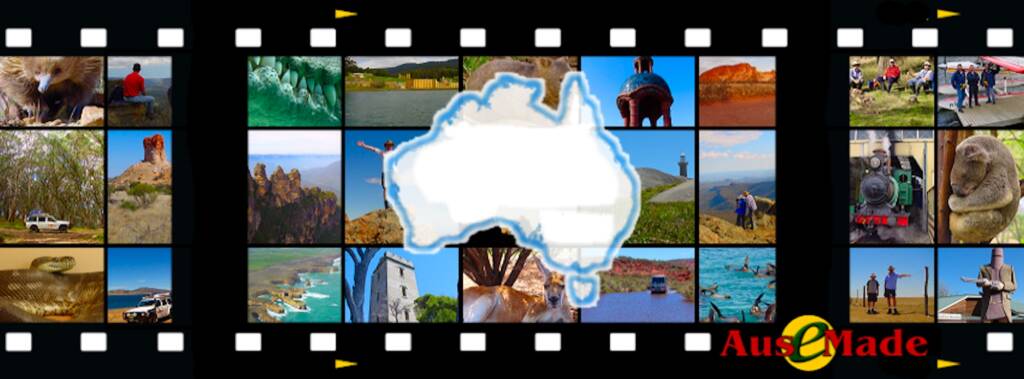
Publications & Social MediaFacebook groups

